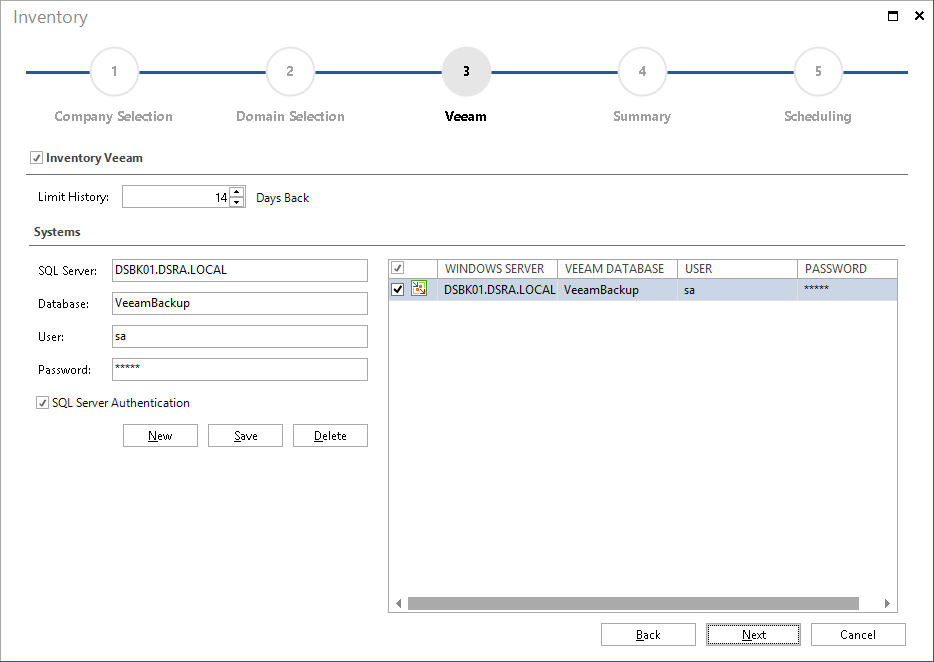

After that came along Veeam Agents for Windows and Linux and we had the addition subscriptions levels for VAW Server, VAW Workstations, and VAL. In the past if you were using nothing but Veeam Backup and Replication (VBR) you did all your licensing by the socket count of protected hypervisors. It’s worth noting that there is a FAQ on this but the content is varying quite a bit as this gets rolled out. Now that I’ve got to the bottom of my own licensing issues I’ll post here what I’ve learned to hopefully keep you from experiencing the same headaches. I will be honest and say that the upgrade was not as smooth as I would have hoped. This rides along with the established perpetual licensing we still have for VBR and Veeam Availability Suite. my guess is their customers have asked for a way to make that protection and licensing portable.In Veeam’s move they have decided this can be solved by creating per instance licensing, which is similar to how you consume many other cloud based services. As workloads that need to be protected/backed up/made available have moved from being 100% on-premises and inside our vSphere or Hyper-V environments to mixes of on-prem, off-prem, on physical, public cloud, etc. Veeam has recently released the long-awaited Update 4 to their Backup and Replication 9.5 product and with it has come some changes to how they deal with licensing.


 0 kommentar(er)
0 kommentar(er)
